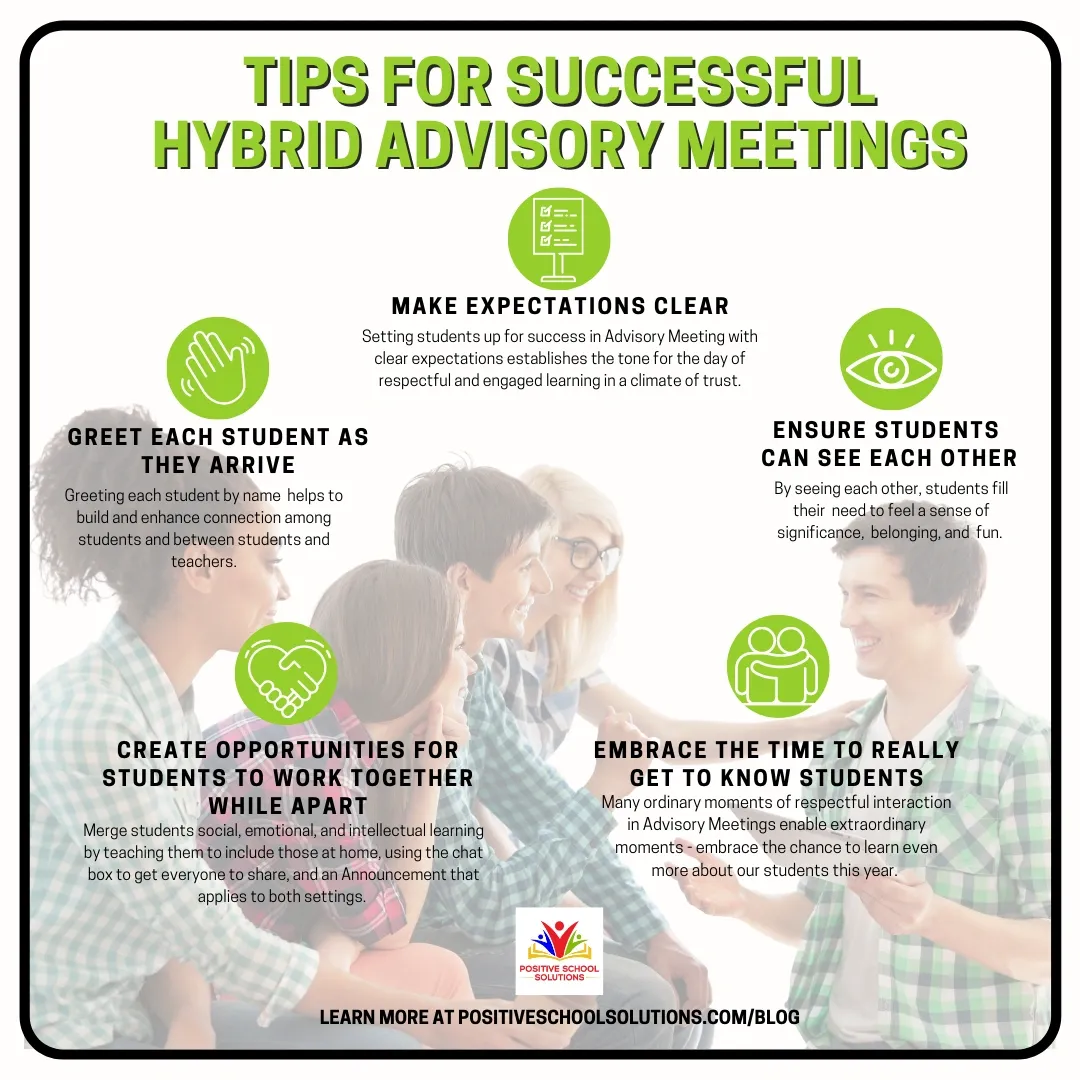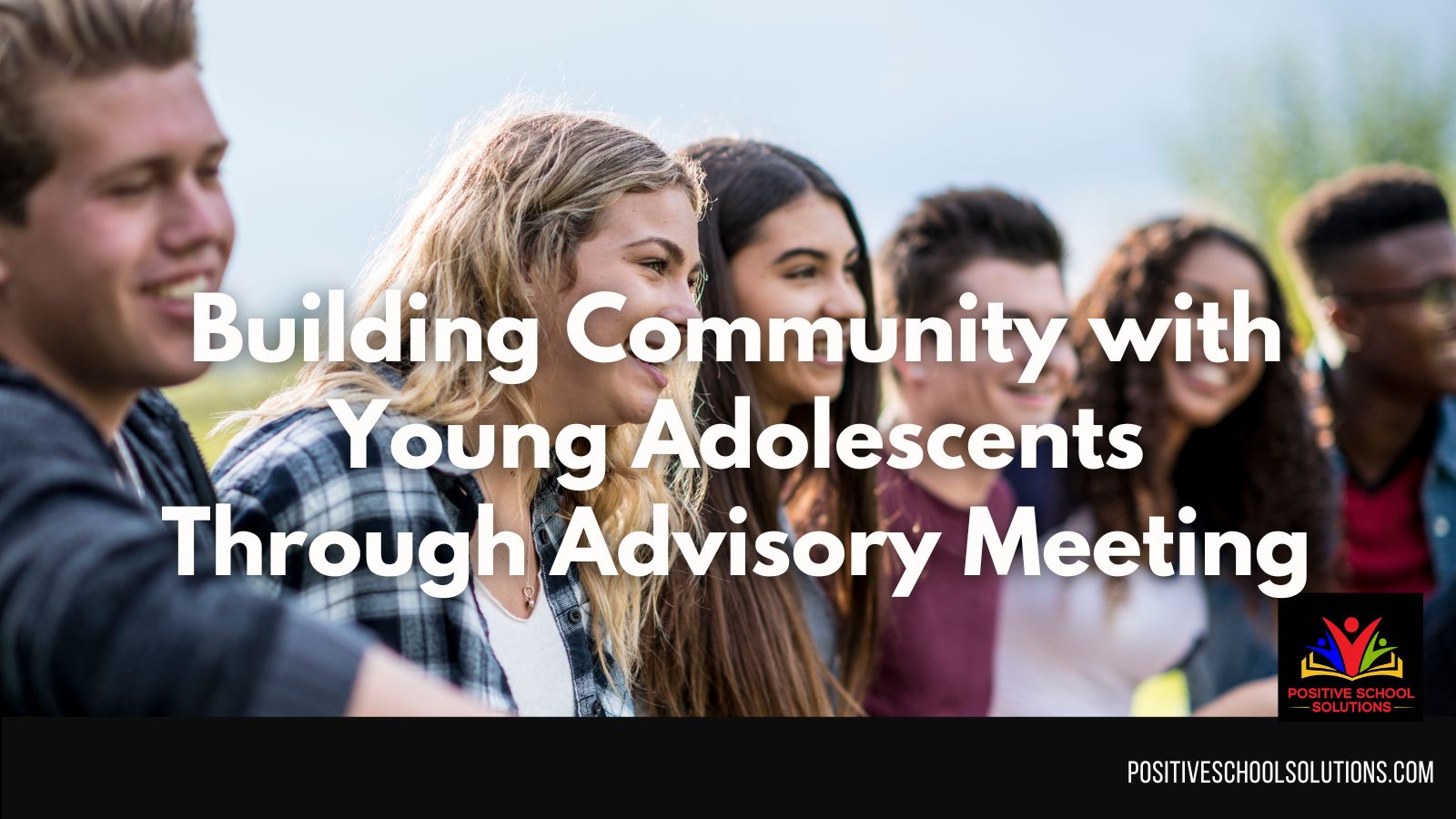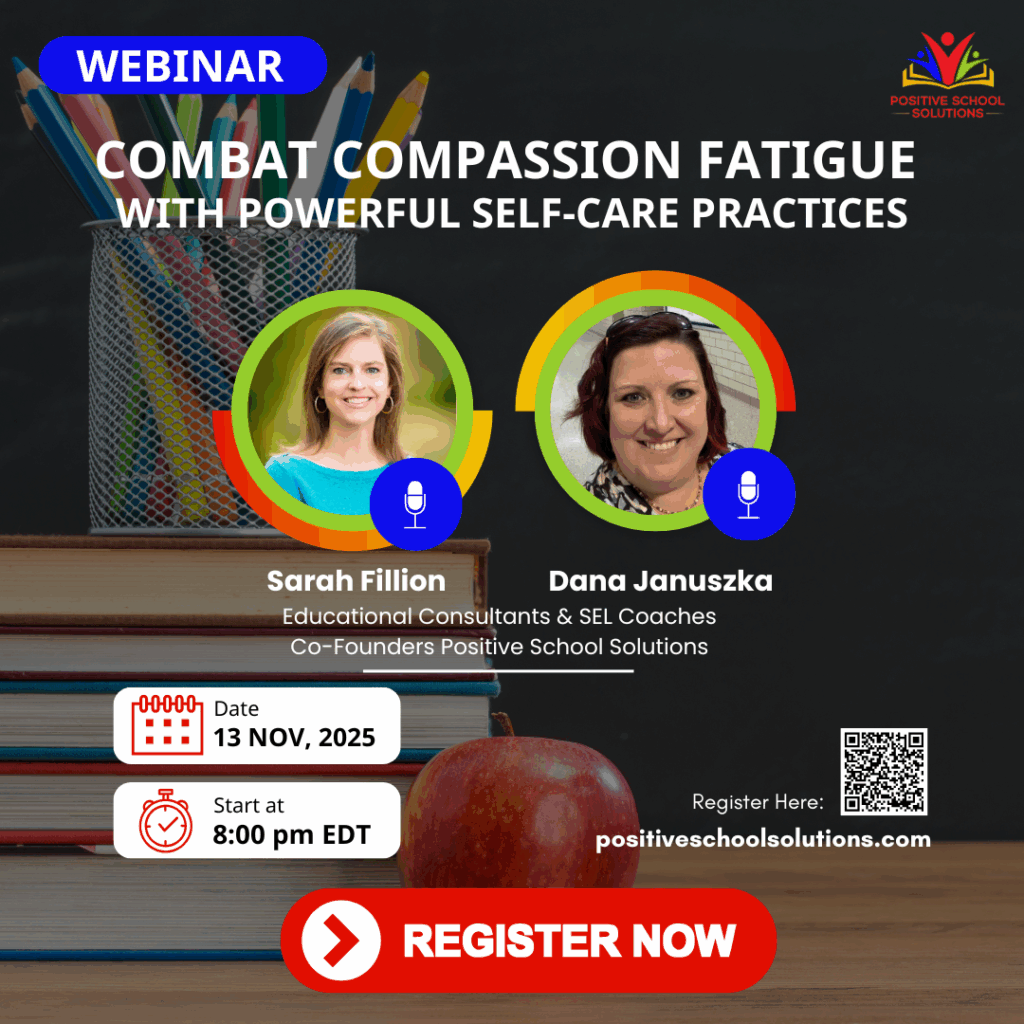According to “The Responsive Advisory Meeting Book” from Responsive Classroom, “An Advisory program is a critical component of middle school because it connects a teacher (the advisor) with a group of students (the advisees) to provide academic and social-emotional support and to strengthen the community of the school.”
This year, as we have been transitioning from in-person to remote learning to hybrid learning repeatedly, advisory meeting continues to be the time of consistency and predictability that our students crave. 
As many schools have transitioned back into a hybrid model, teachers and school leaders are seeking suggestions on how to set up advisory meetings for continued success when half the students participate in person and the other half virtually. Our answer to this is relatively simple – head back to the purposes and goals of advisory meeting. When keeping these at the forefront, we ensure we are staying true to the structure of what makes an advisory meeting so powerful. Let’s take a look at each of the objectives from “The Responsive Advisory Meeting Book” to see how we can bring them to life in our hybrid learning environments so all students feel part of the community, regardless of location.
1. Strengthens the community of learners by providing opportunities for positive student-student and student-teacher interactions
Advisory meetings are full of opportunities for our students to feel a sense of belonging and significance – and especially right now – this is something they are seeking more than ever. During such uncertain times for our students, experiencing the four consecutive pieces of advisory meeting each day can be a time of safety and comfort. This can lead to students forming even stronger bonds and relationships. Think about it – you likely know more about your students this year than ever before because we are in their homes and seeing (and hearing) their families/caregivers on a daily basis. Instead of running from it, embrace it: allow the student at home to share their pet, meet someone’s younger sibling, ask them about their extracurricular activities, or their posters hanging in the background. All of these actions allow our students to make connections with one another, and with us, in ways we have never been able to do so before. In addition to leading to stronger relationships, we gain more information about how to best support our learners both in and out of the classroom.
2. Empowers students to create relevant connections to the school at large and with students who share similar interests (sports teams, clubs, and so on.)
When we start the day with everyone together, we set the tone that every person matters. When our classes are split with some on screen and some in person, one way we can maintain a positive tone is to make sure that each student receives a personal greeting when they arrive. This might be a greeting at the door by the teacher or a ‘Good Morning, (name)’ when they enter Zoom. It could also be a student’s role to greet the online students while admitting others from the waiting room. (For more on student roles, see post link here.)
During advisory meeting, encourage students to keep their cameras on so they can visually see each other. Knowing young adolescents developmentally, sharing the “why” this is important can lead to higher participation. “When we keep our cameras on, it helps us to learn more about reading people’s body language and facial expressions.” If students are uncomfortable with having their cameras on, encourage them to send a private message. Again, this builds trust in the teacher/student relationship and helps us figure out how to best support the students.
Another developmental consideration we have found successful is having students type a message in the chat box directly to you. You can summarize and share out responses, without using names. Particularly for our 8th grade students, we find this establishes a sense of safety and increases participation.
3. Improves academic performance by helping students develop an academic mindset while communicating about the life of the school.
Just as when we were teaching classrooms full of students, setting the tone and climate with clear expectations is going to help us not only during the advisory meeting, but throughout our school day. This might mean that even if you have been doing an online meeting all year, you might need to reign in the level of risk as you transition to hybrid learning. Model for students what happens during each component in a hybrid advisory meeting, introducing and practicing only one component at a time until they feel confident and comfortable with the expectations. Establishing expectations and linking them to your classroom rules is key in setting everyone up for success.
Strengthening social-emotional competencies this year presents a whole new set of challenges for our Young Adolescents, more than ever before. Because of this, it’s important to create opportunities for students to work together even while apart. This might be through putting them into breakout rooms, encouraging them to use the chat box, and teaching them to include all their classmates whether in person or on screen. Even simple things, like using the announcement to share important information at the beginning of class helps them learn the academic competency of how to organize. All of these seemingly simple pieces add up to big gains, especially in Middle School.
In this unique school year, the power of an advisory meeting is clear. “Alfred Adler (1930) proposed that a sense of belonging motivates children to develop their skills and contribute to the welfare of all… Research indicates that educators who establish firm boundaries, foster warm personal relationships in the classroom, and enable students to have an impact on their environment strengthens students’ attachment to their school, their interest in their learning, their ability to refrain from self-destructive behaviors, and their positive behaviors.” (Elias et. al 1997, 44) Advisory meetings provide the structure to do all this and more in just 20 minutes of our day – what a powerful opportunity!
For more on how to set up and run advisory meetings with your students, check out our online courses: Building Community With Young Adolescents Through Advisory Meetings and Advanced Advisory Meetings: Reflect and Refine, or reach out to us for professional development opportunities and coaching, and be sure to follow us on social media for more tips and tricks!
Written by Dana Januszka & Sarah Fillion for Positive School Solution 2021



